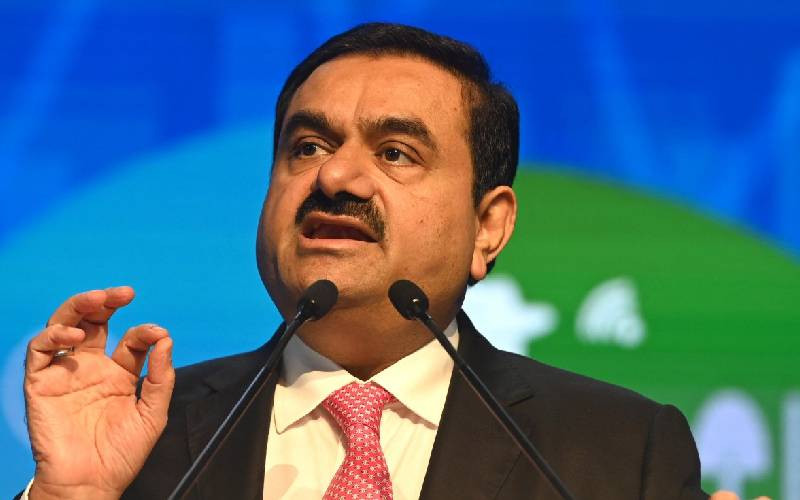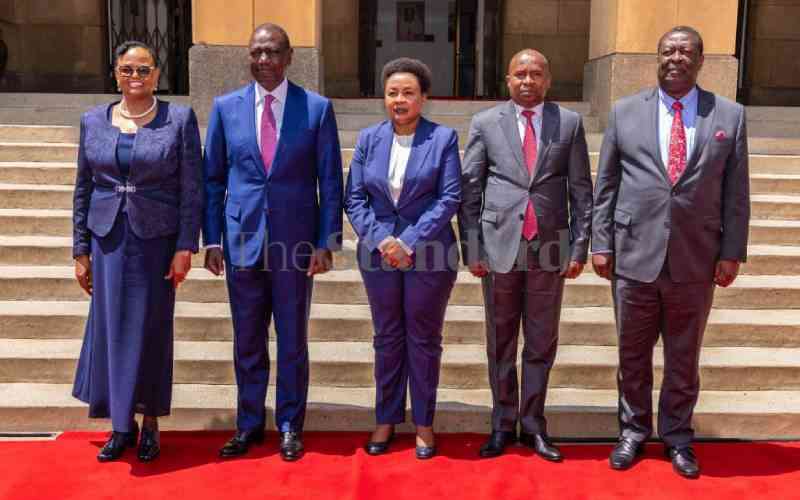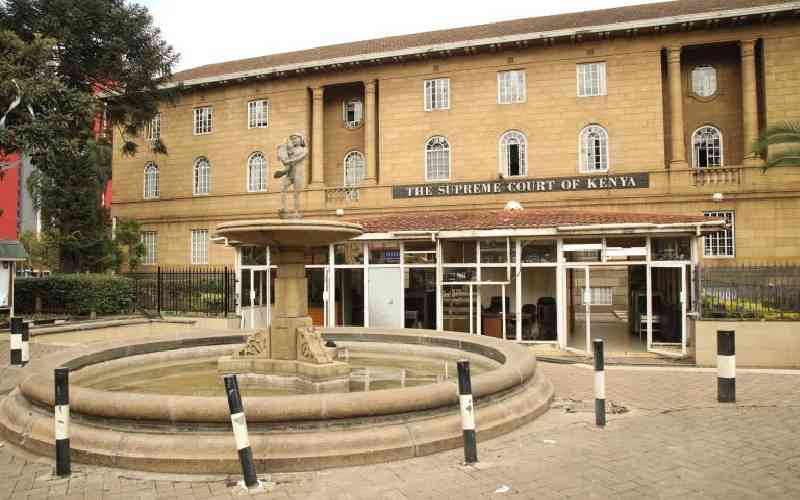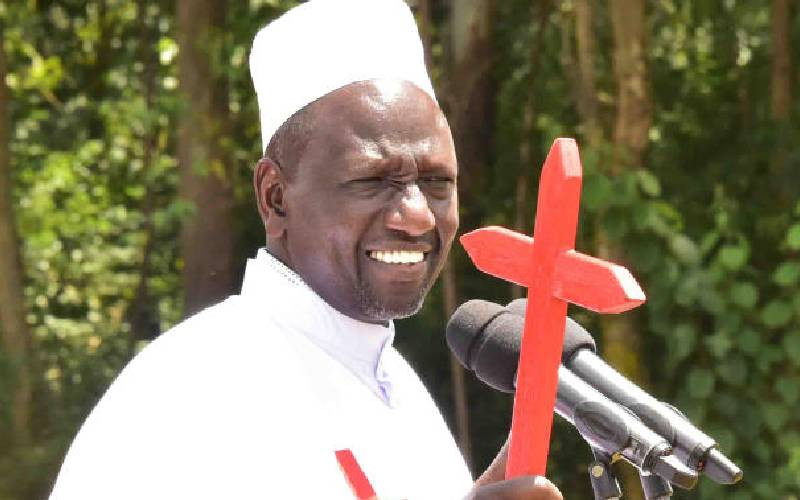By Willy Mutunga
The past year has been characterised by remarkable progress as well as serious challenges that threatened the Judiciary transformation and shook public confidence in the process. This was a unique election year, the first under the new constitutional dispensation. It was a transitional year marked by uncertainties and anxieties inherent to moments such as these.
The Judiciary carried the triple burden of overseeing implementation of the new Constitution, undertaking rapid institutional changes internally in an unprecedented and radical manner, while at the same time providing confidence, credibility, and stability to avoid the electoral violence of 2007/2008 that was, in large part, blamed on a failed judicial system.
It is a triple burden the Judiciary discharged with calm professionalism and confidence. The Judiciary handed down important decisions on the electoral processes that helped to successfully steer an otherwise perilous transition.
Five groups of cases are important in this regard: the election date decision, the integrity of election candidates’ decision, the electoral boundaries judgment, the presidential election petition, and the 188 election petitions that relate to counties and the national legislature.
The Judiciary’s success in handling the elections was not accidental but rather a product of innovative ways that enabled the institution to prepare in advance. All the 188 election petitions were finalised within the statutory time limit of six months. It is the first time in Kenya’s political and judicial history that this has happened.
Even though the more “public face” of Judiciary transformation has been the vetting of judges and magistrates; the expansion of court infrastructure; the construction, rehabilitation and decentralisation of courts, and the recruitment of more judges, magistrates and other judicial staff, the most important investment has been on culture change. It is from culture change that the institution has reaped the greatest return.
Premised on the logic that to change the quality of service you have to first change the quality of the agency, the culture change strategy was based on two important limbs: one, improvement of staff welfare and attitude as a self-confidence-building strategy and, two, transformation from below for ownership and sustainability.
The institution dramatically improved the terms and conditions of service for its staff, and invested heavily in training programmes in an equitable manner. The Judiciary Transformation Secretariat held 38 workshops for all court stations across the country, and reached all the 4,564 staff (judges, magistrates, and judicial staff) in service.
Subsequently, the Judiciary also identified and trained 174 Change Champions who are to be found in each and every court station, an initiative designed to promote on-site leadership and ownership of the transformation programme. This level of reach, engagement and output is unprecedented in Kenya’s public service history.
The difference in the treatment the public receives in court stations and courtrooms throughout the country is an outcome of this investment – one we shall consolidate and sustain in the next year.
It has yielded positive results – an institutional cultural revolution – including the establishment of customer care desks in each court station throughout the country, a growing and effective public complaints system, a more widespread internal ownership of the transformation programme, and, most significantly, an important realisation among staff that the Judiciary is and should always be a public rather than self service institution.
Increasing budget
In the past year, some 116,754 cases were filed in all the courts across the country. Another 166,756 cases were resolved, leaving 657,760 pending. There is certainly still a lot more to be done for the Judiciary and other justice sector agencies to meet the full expectations of the Kenyan people.
Whereas there has been improvement in budget allocation to the Judiciary, the institution continues to be under-funded. The current allocation is way below the internationally agreed benchmark of 2.5 per cent of the national budget.
Stay informed. Subscribe to our newsletter
Its budget deficit has been deteriorating over time from 5 per cent in 2011/12 to 19 per cent and 23 per cent in the current financial year. This has been a major challenge particularly in the implementation of programmes and projects.
The rapid growth in the budget and the culture shift in an institution with similarly evolving systems and processes have bred some threats to the vision. These threats have cast doubt on the coherence, integrity, pace and utility of the transformation programme, the Judiciary, indeed of the entire justice sector.
The shocking corruption in the administrative cadres; the emerging discord in inter-branch relations; the rising budget deficit in the Judiciary as well as low and declining resource allocation to other justice sector agencies, coupled with the occasional political and public skepticism on judicial pronouncements on political questions – including presidential election petition and devolution – constitute some of the challenges that we have had to deal with during the year.
Still, the Judiciary’s ambitious transformation programme, and its expanding role in superintending the new Constitution through its decisions, continues to attract considerable international and regional recognition and respect.
The international appeal of Kenya’s Judiciary is evidenced by two significant appointments: Justice Philip Waki of the Court of Appeal was appointed to head the Appeals Chamber to the UN Special Tribunal for Sierra Leone while Justice Lenaola has been appointed to the UN Residual Court for Sierra Leone, and was also elected deputy head of the East Africa Court of Justice.
This has been the year of implementation and micro planning within departments while testing the objectives of transformation on the ground. Some of the challenges experienced were not entirely surprising.
Some were a natural consequence of the transformation milestone such as increasing budget size for an institution that still had weak and underdeveloped internal oversight and codified mechanisms and processes. Others resulted from the political context of transition in 2013.
Whereas the Judiciary remains confident that it shall surmount the challenges it faces, it recognises that it has a duty to the public to rebalance the confidence-doubt ratio in favour of the former. These setbacks have provided vital lessons for what we see as the second phase of transformation.
– The writer is Chief Justice and President of the Supreme Court of Kenya
 The Standard Group Plc is a
multi-media organization with investments in media platforms spanning newspaper
print operations, television, radio broadcasting, digital and online services. The
Standard Group is recognized as a leading multi-media house in Kenya with a key
influence in matters of national and international interest.
The Standard Group Plc is a
multi-media organization with investments in media platforms spanning newspaper
print operations, television, radio broadcasting, digital and online services. The
Standard Group is recognized as a leading multi-media house in Kenya with a key
influence in matters of national and international interest.
 The Standard Group Plc is a
multi-media organization with investments in media platforms spanning newspaper
print operations, television, radio broadcasting, digital and online services. The
Standard Group is recognized as a leading multi-media house in Kenya with a key
influence in matters of national and international interest.
The Standard Group Plc is a
multi-media organization with investments in media platforms spanning newspaper
print operations, television, radio broadcasting, digital and online services. The
Standard Group is recognized as a leading multi-media house in Kenya with a key
influence in matters of national and international interest.









